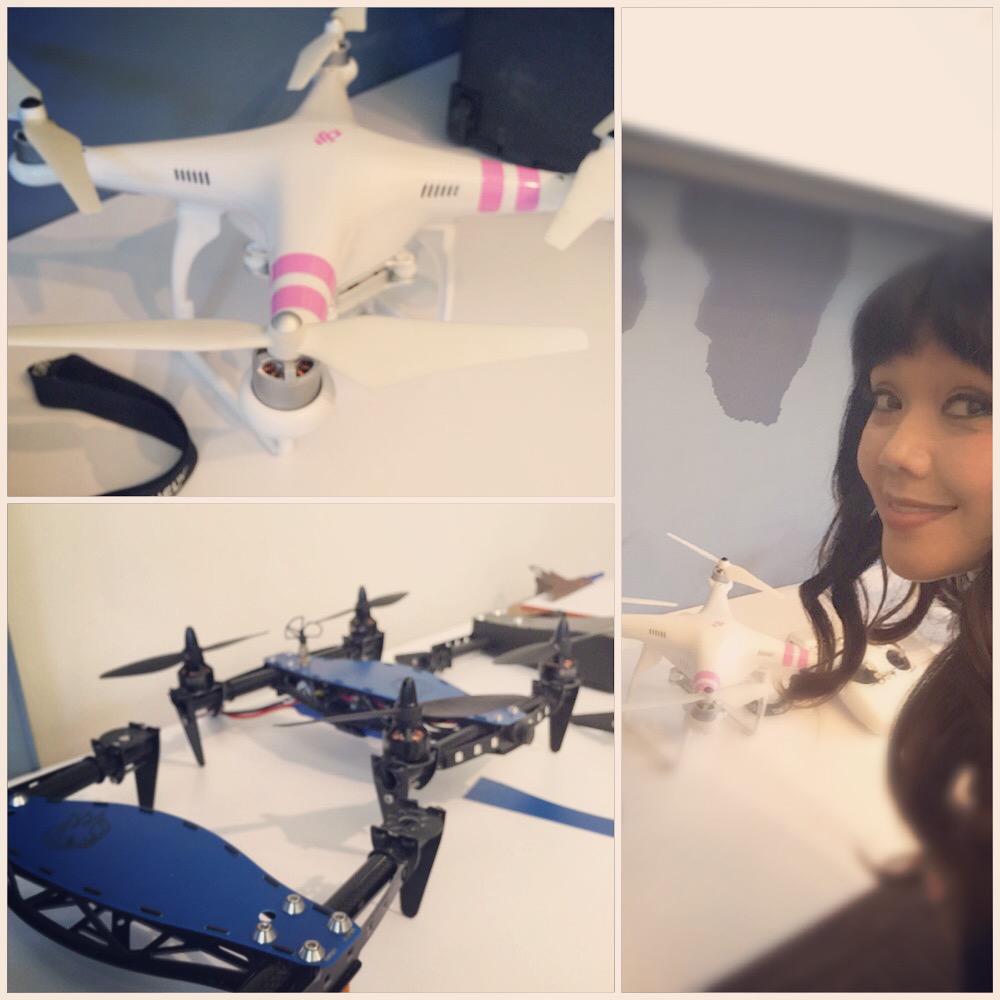Remember that first time you ever watched I, Robot and the robots started to take over? Me too.
I don’t have cable, but last week I happened to be staying in a hotel in my very favorite city in the US and “I, Robot” was playing on one of the channels. Have you seen it? It’s the movie where Will Smith is living in a future where artificial intelligence has evolved to the point that robots are in every household and assisting humans on all levels of day-to-day activities. In the movie, everyone except Will Smith has come to accept the integration of artificial intelligence as the norm. Will maintains that without the ability to feel and think freely, robot “logic” makes them untrustworthy to make decisions regarding the health and welfare of human lives. In the end he’s right and the robots make the decision that as humans we’re our own worst enemy and therefore need to be contained to keep us from harming ourselves further. Anyway, good movie.
Watching the movie led me to think about the drone controversy and how people fall on opposite ends of the argument. Some are excited about the idea of this new technology and the possibilities, while others are skeptical and concerned about how drones are being integrated into our lives. I love technology, but the subject of drones left even me a little apprehensive. So, I set out with a list of questions and have Googled, listened to presentations, and attended drone events to learn as much as possible about the subject.
- How are drones being used?
- What are some of the positives?
- What challenges they’re facing?
- What’s next?
Current Use
If the question is who’s doing what with drones right now, the answer is everyone, and everything. Right now, the “selfie stick” is all the rage, but that might only be because most people aren’t aware of DJI’s Phantom 3, the easy to fly camera drone that takes consumer selfies to Heisenberg levels. And, much like the gas powered remote control racing cars that hobbyists used to dedicate dollars and hours to, a subculture of drone enthusiasts are now taking to recreational drone racing. Check out the Aerial Action Sports League’s Game of Drones! Amazon and Google are both looking at drone technology for package delivery solutions. In some cases you could receive a package faster than getting pizza delivered. Pretty crazy, right? Well, that’s not all. An Oregon-based company named HoneyComb, is poised to advance agriculture by using an agricultural drone that looks just like a mini stealth bomber! The AgDrone System incorporates dual cameras, software and data processing, and smart analytics for enhanced pest identification and water deficiencies.
Positives
Cup half full? There’s a lot of ways our lives can be positively impacted by drones. Obviously recreational racing, who doesn’t love that?! And the cameras are like taking GoPro to the extreme. Imagine getting a full 360 degree video view of the next sweet stunt you pull on a snowboard without having to worry about having hardware strapped on. That’s pretty neat! And for every farmer in California who is affected by the drought, imagine if you knew only 1/10 of your crop needed to be watered, or that pests only lived in a corner of the crop. You’d save energy and water. Win win! And, I don’t know about you, but getting my next Hubble picture delivered by a flying smiling box in 30 minutes vs. 1 week is kind of intriguing. And, on the most serious side, the day we didn’t have to risk human lives in war.. I’m all about that.
Negatives
Downside? For every positive, there’s a negative. And… like any new technology, there are going to be those people who don’t fly above board. There’s the www, and there’s the deep web. There’s the pharmacy, and there’s the Silk Road. Jobs may become obsolete as new career paths emerge. Security breaches will likely happen when people focus mainly on production and processes in early development stages. We’ll begin to hear more stories of accidents and injuries reported across the board as the technology becomes more mainstream. As a for instance, last week a woman was knocked unconscious while attending a parade. And of the 20 cars on the road since 2009, Google’s self-driving cars have been in 11 accidents. One accident involved a car rolling through a stop sign. No injuries were reported, but can you imagine being at a stop light and seeing an unmanned Google drone rolling through? Whoa. It gives new meaning to that song “they see me rollin’.. they hatin.”
What’s next?
It’s like every new technology without clear boundaries, there’s a learning curve as the culture catches up with the industry. Three of the biggest advancements for the industry will likely include regulations, education, and improved battery technology.
Both Amazon and Skyward, are already working with the FAA to develop rules and tools to aid commercial drone use. Amazon has already filed a petition to conduct flights using drones that travel up to 50 mph. Skyward’s Urban Skyways Project is working with NASA to create an aerial robotics network to direct drone traffic much like the FAA does with commercial airlines.
When regulations are clearer, we’ll begin to see more mainstream training around drone use, In the meantime, organizations like Roswell Flight Test Crew are making it their mission to educate people around best practices when operating drones.
Currently, lithium-ion batteries are used in most drones, so usage is limited by power. And, while the field of battery technology hasn’t seen much advancement in decades, companies like Google, Apple, and Tesla are in constant innovation mode along with universities to bring batteries into a brand new era. It’s just a matter of time.
To close, Wayne Dyer once said, “Everything that exists right now was once imagined, which means that everything that will exist is now being imagined.” There have been other times in history when culture was disrupted by new technologies. The Model T replaced a much slower alternative before our existing roadway infrastructure was developed. At a time when consumers were satisfied with flip phones and cd players, Steve Jobs once told riveted audiences that his new phone would not only answer calls, but store and play music and provide access to the internet. The lesson can only be, technology will always advance. Your best bet is to be proactive. Educate people and develop standards and guidelines as needed to stay as far ahead of the development as possible, with the knowledge that there will be instances where you are forced to be reactive.
(Special thanks to New Tech PDX for providing such a comprehensive view of Oregon’s drone industry.)

